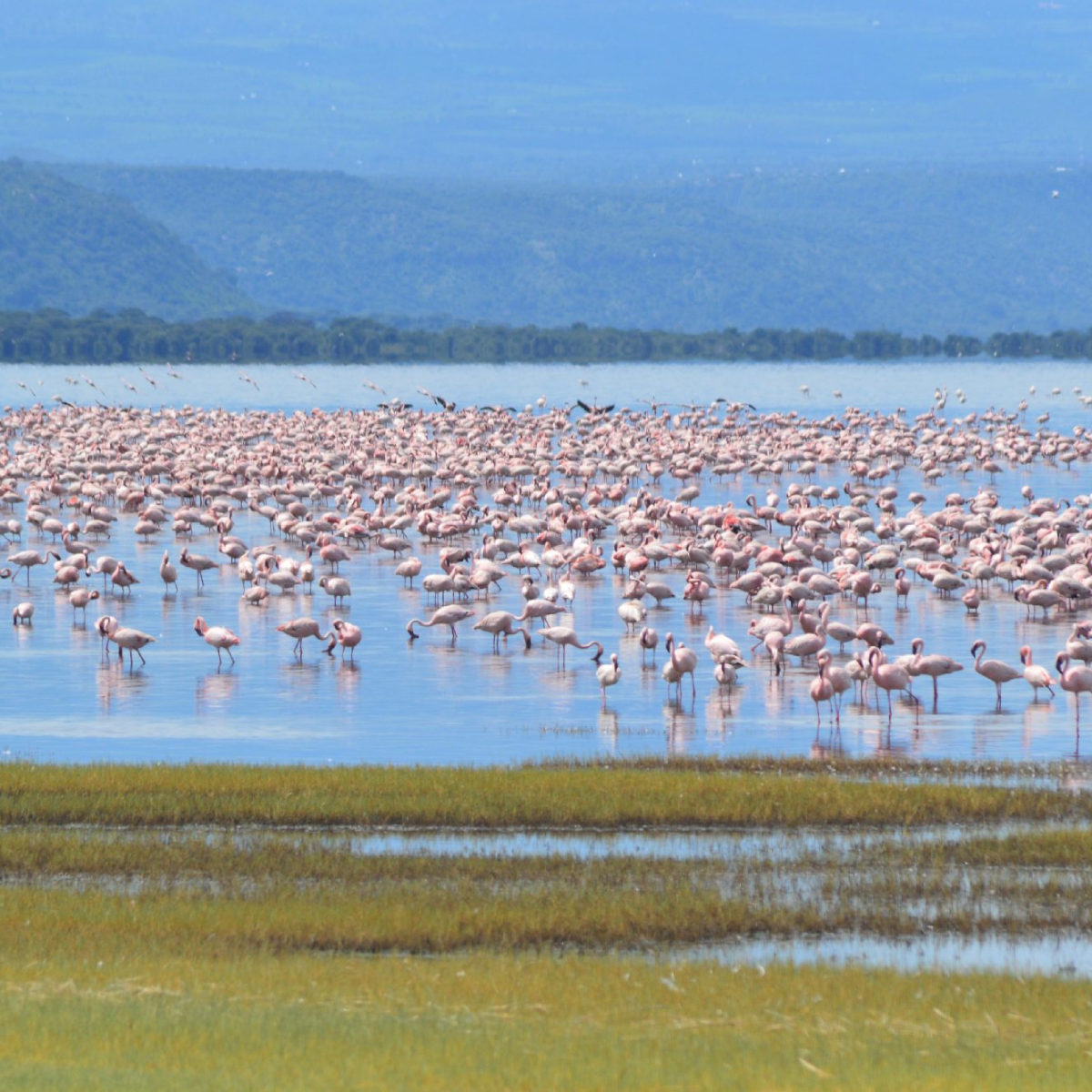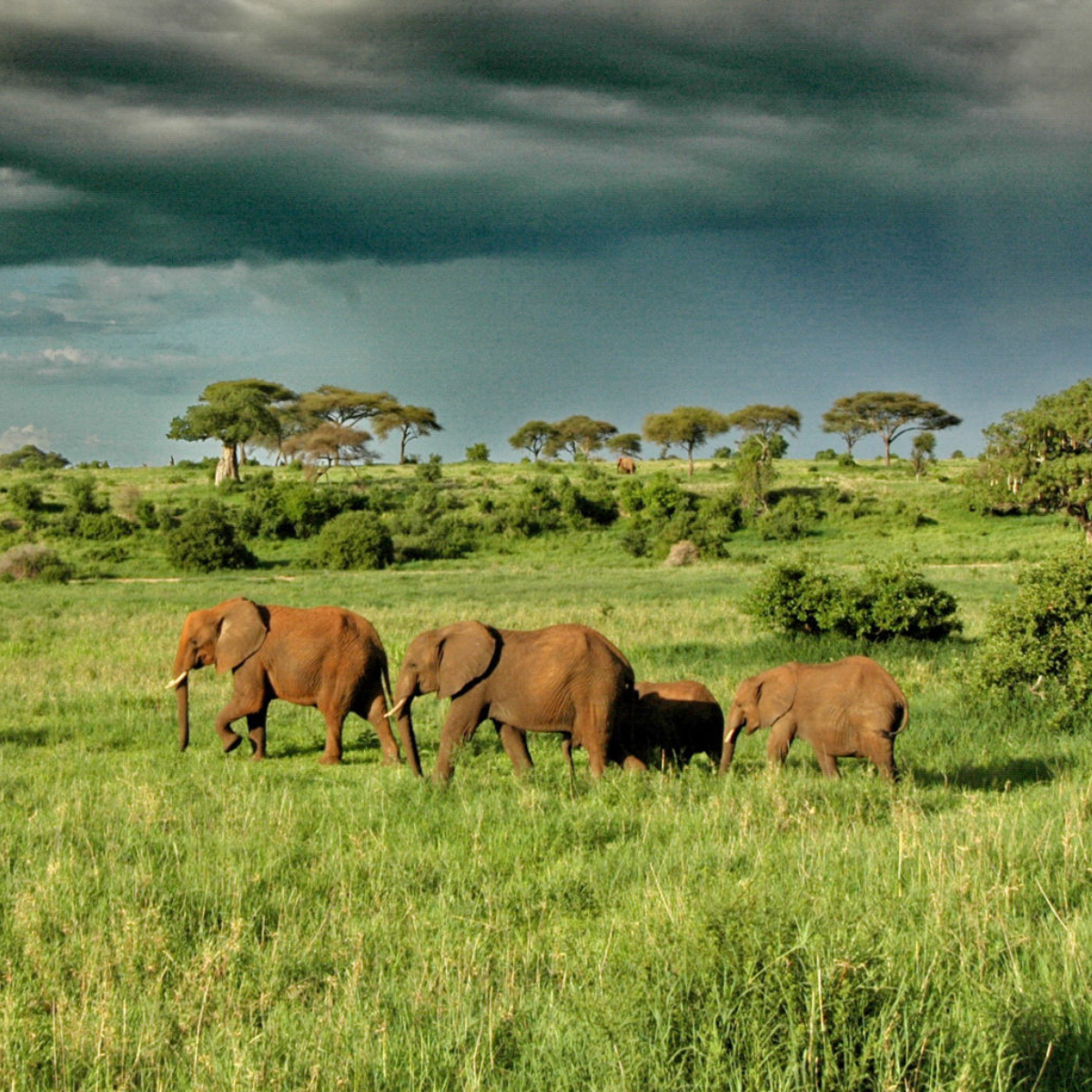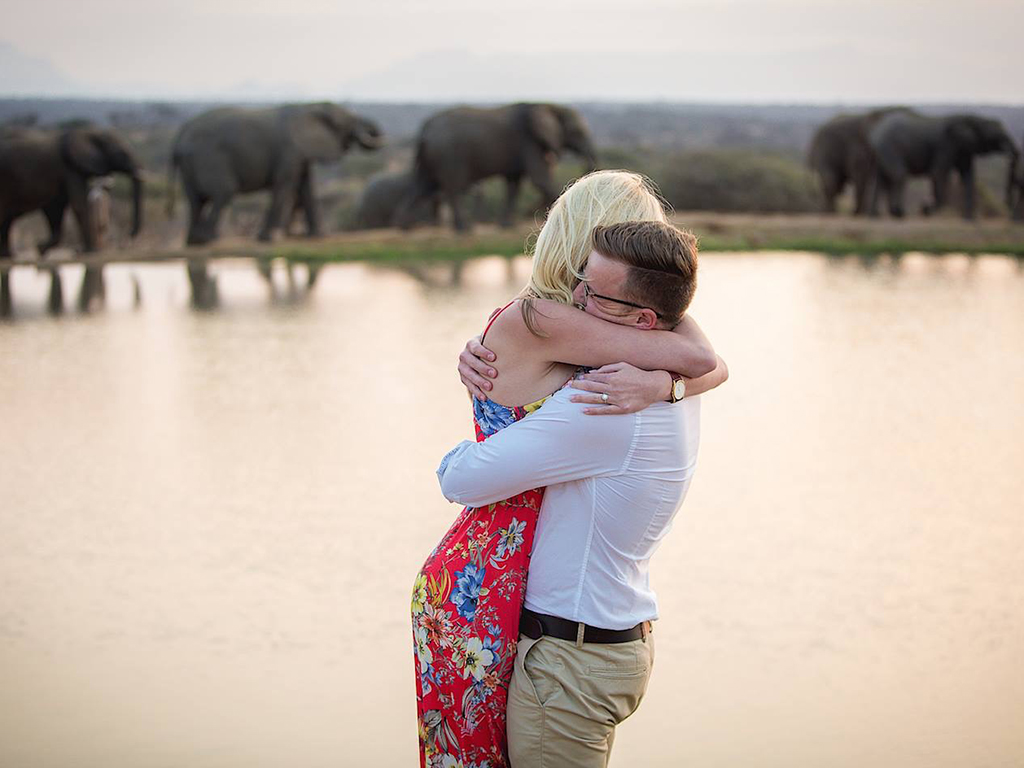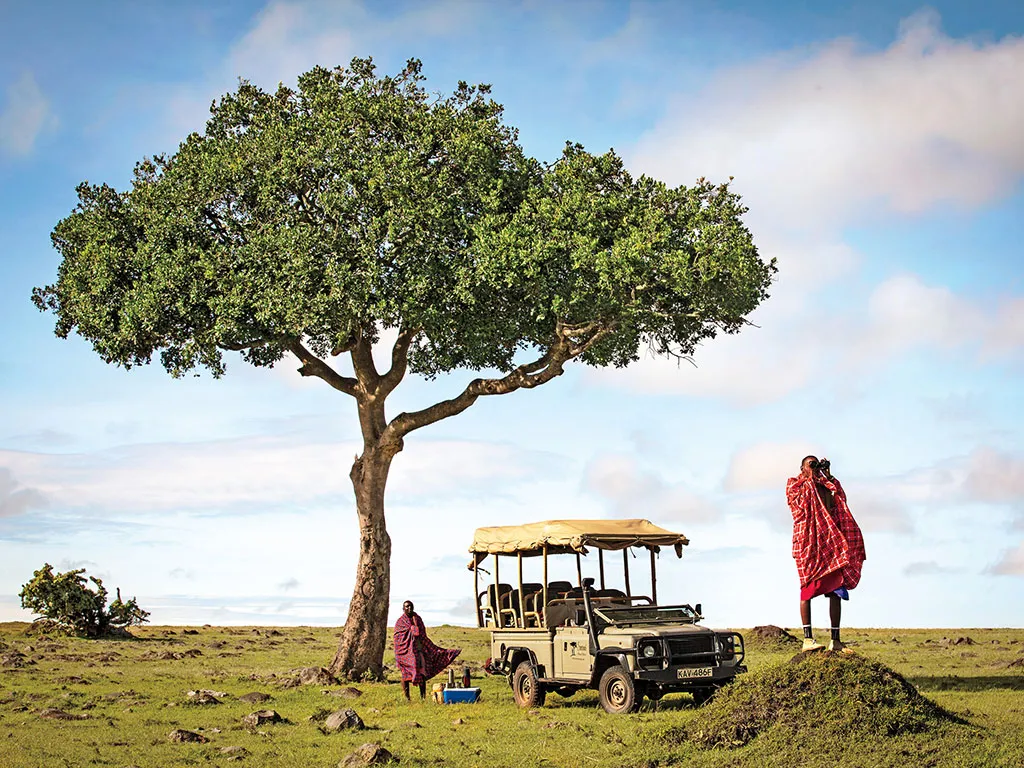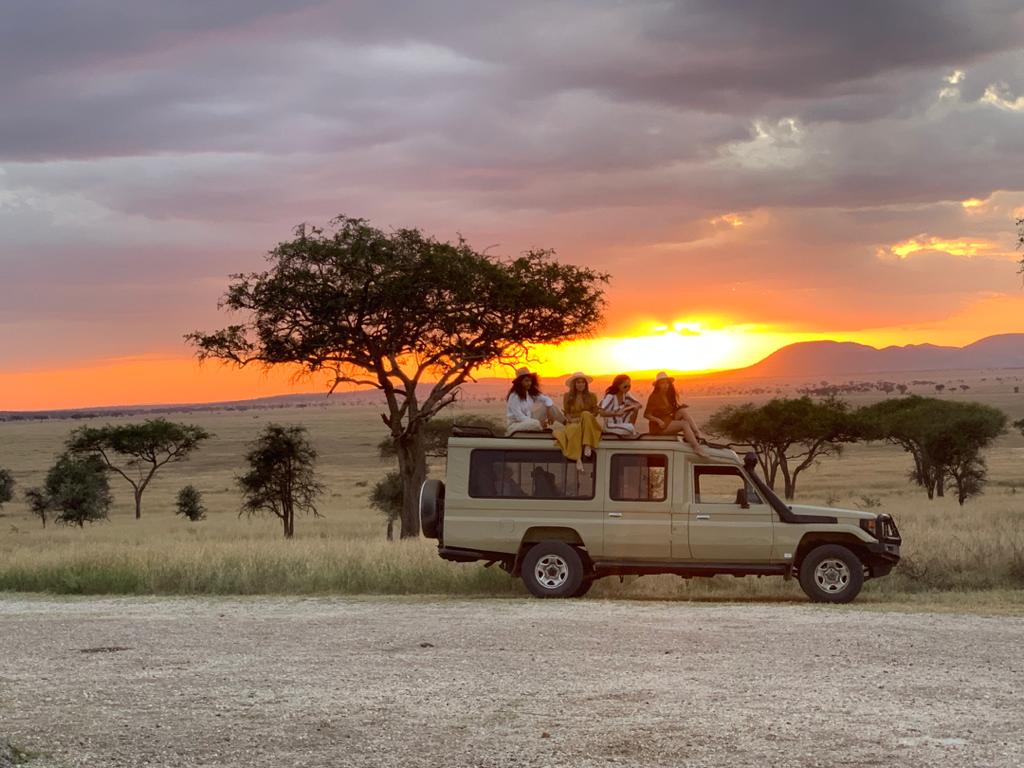Welcome to Ruaha National Park
Ruaha National Park is one of Tanzania's hidden gems, offering an authentic safari experience away from the crowds. Located in the heart of the country, it is the largest national park in Tanzania and boasts a remarkable diversity of wildlife and landscapes. The park is famed for its stunning mix of savannah, woodland, and riverine ecosystems, where the Great Ruaha River plays a central role in attracting a variety of wildlife.
Ruaha is known for its thriving populations of elephants, lions, leopards, and buffalo, alongside an impressive array of antelope species such as greater kudu and sable. The park’s relatively remote location means you’ll often experience intimate, crowd-free game drives, allowing for a more personal connection with nature.
Birdwatching is also exceptional here, with over 570 species recorded, making it a haven for avid birders. The park's tranquility, combined with its natural beauty, offers an unforgettable African adventure. If you're enjoying a game drive, bush walk, or a stay at a secluded lodge, Ruaha Safari provides a true taste of wilderness.
Best Time To Visit
The Best Time to Visit Ruaha National Park is during the dry season, from June to October. During this period, wildlife congregates around the water sources, making it easier to spot animals. The dry season also offers pleasant weather conditions for game drives and walking safaris. The wet season, from November to May, transforms the park into a lush, green landscape, attracting migratory birds and making it an excellent time for bird watching.
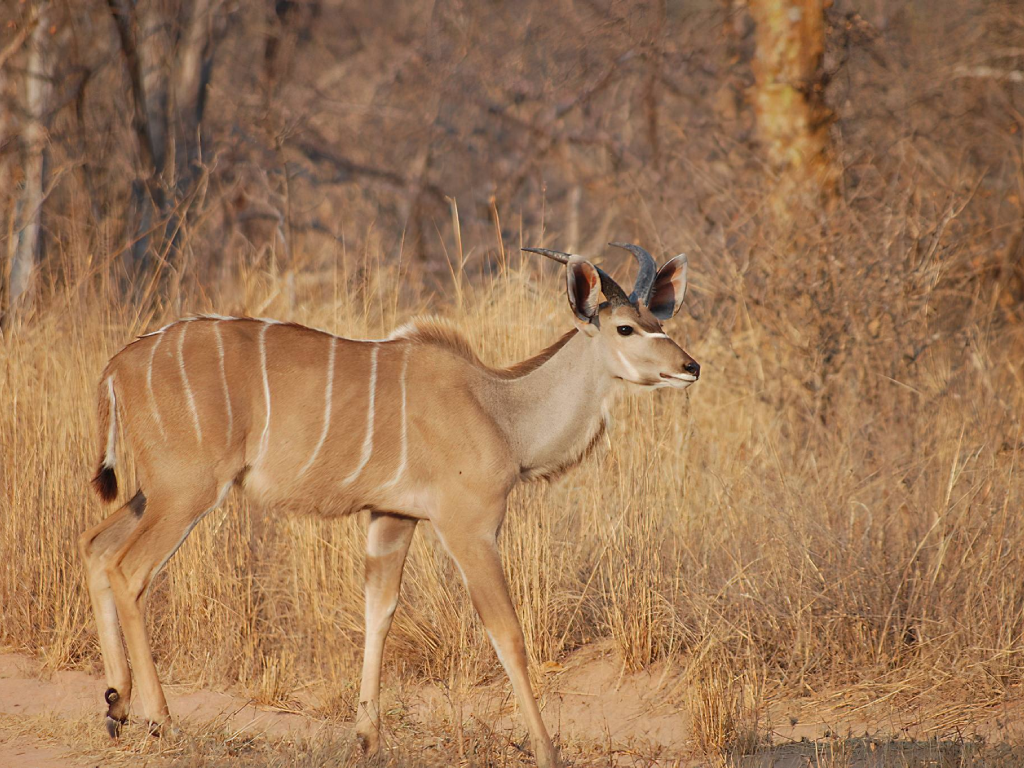
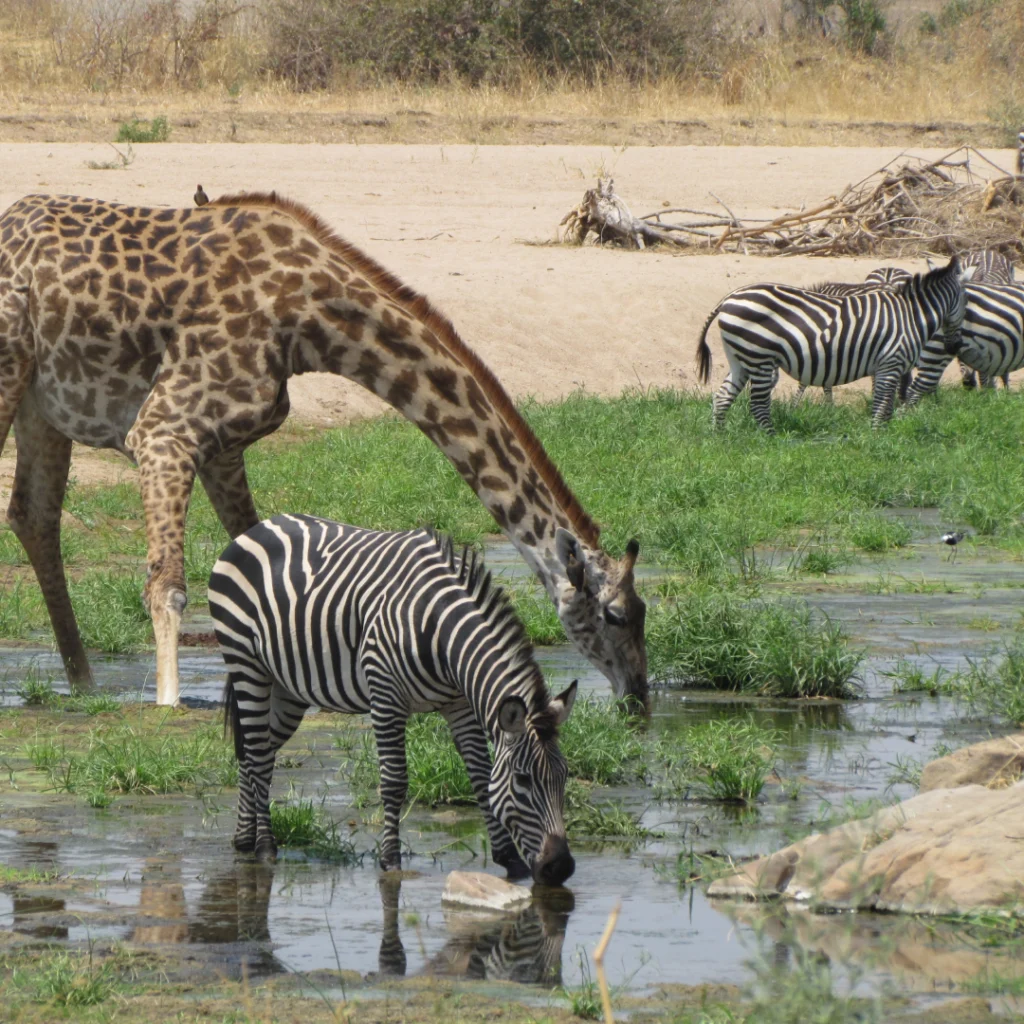
- January – March: Ideal for spotting newborn wildlife, especially elephants and antelopes, as the park is lush and green from the rains.
- April – May: The wet season offers fewer tourists and vibrant landscapes, but the heavy rains can affect game drives.
- June – October: The dry season is perfect for game viewing, with wildlife congregating around waterholes and the weather cooler.
- November – December: Short rains bring lush surroundings, great for birdwatching, with migratory species in full swing.
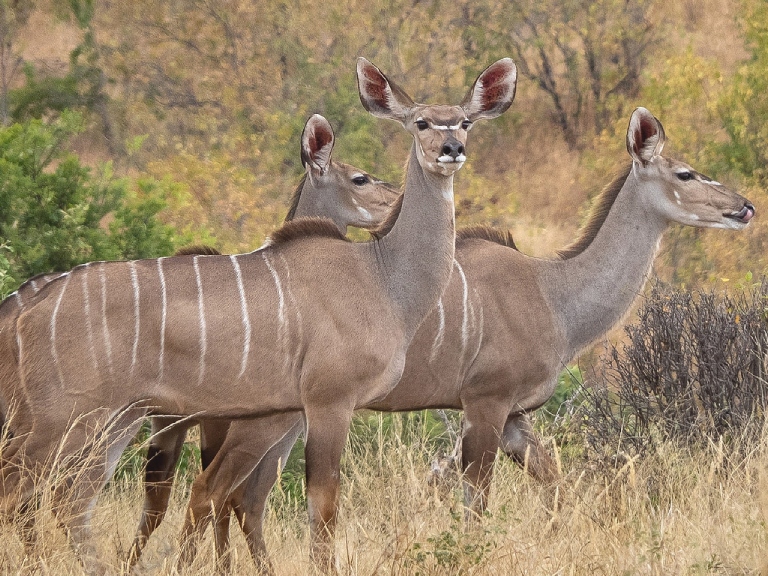
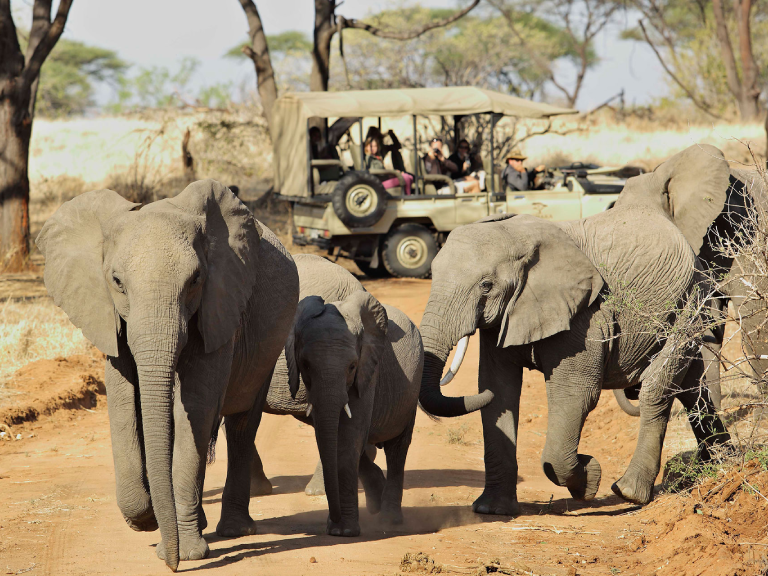
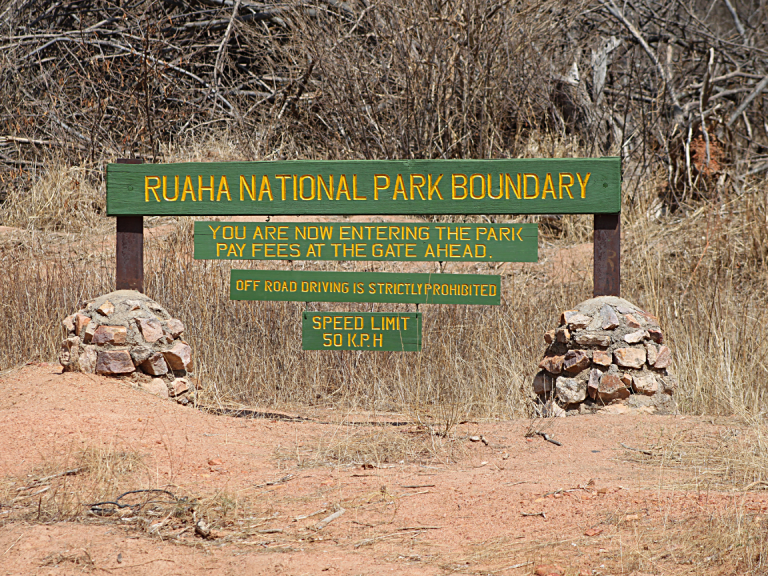
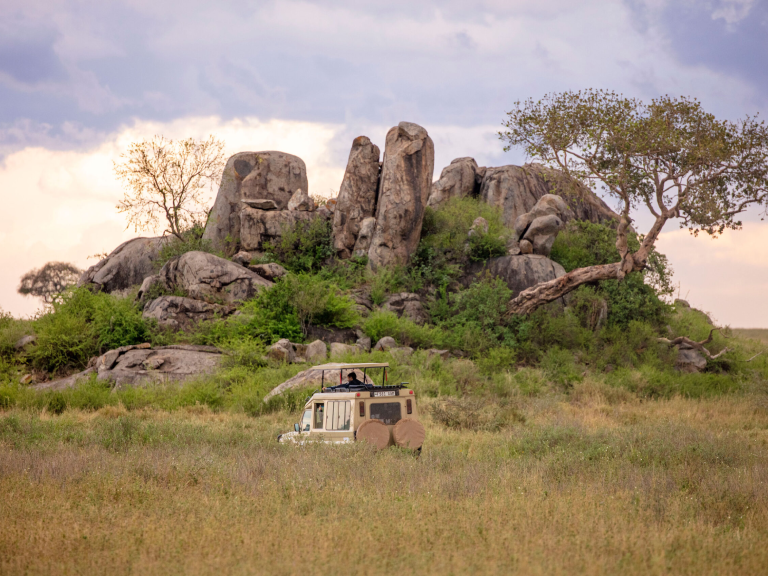
Wild Life
- Elephants: Ruaha is home to one of the largest elephant populations in East Africa, often seen near the riverbanks.
- Lions: Known for their impressive prides, lions are commonly spotted hunting in the park’s open plains.
- Leopards: A rare treat for visitors, leopards are often found in the park’s dense bushland.

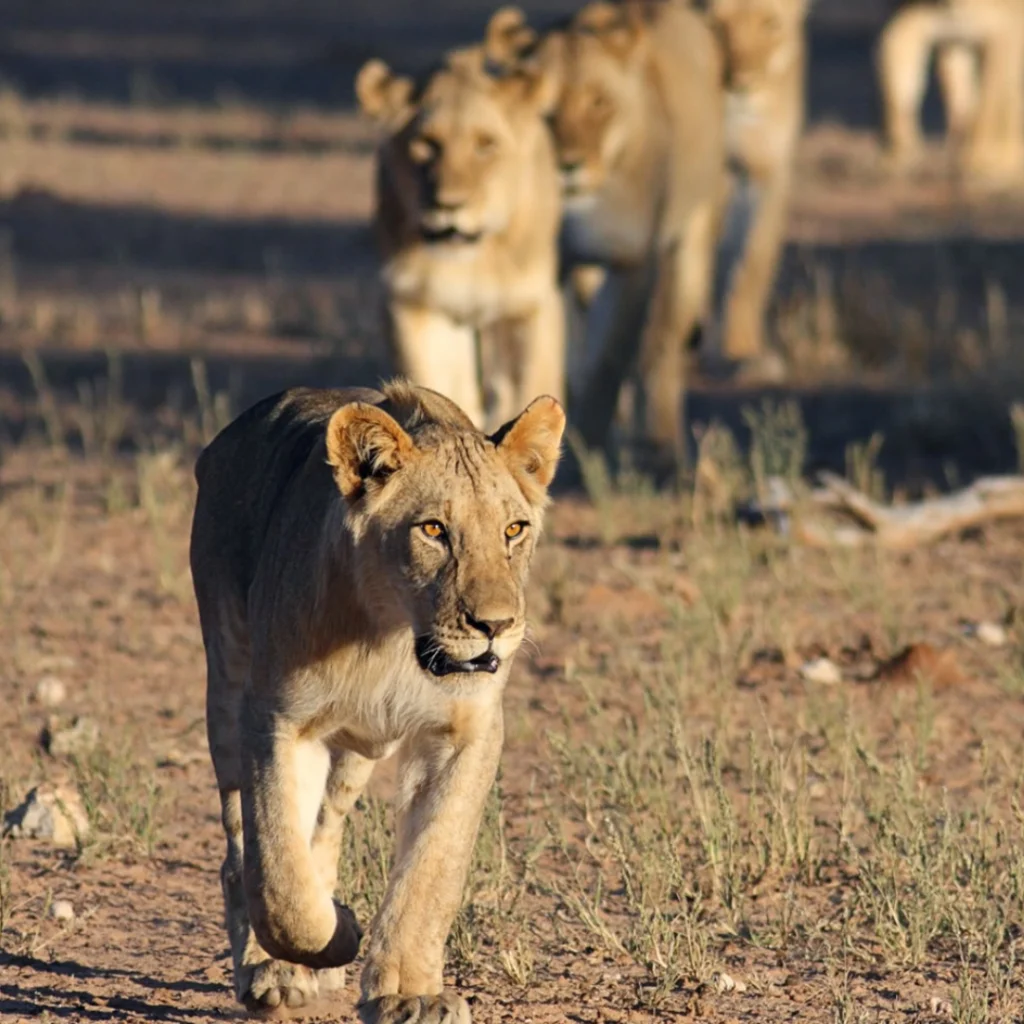
- Greater Kudu: These graceful antelopes thrive in Ruaha’s woodland, with their striking spiral horns.
- Birdlife: Over 570 species, including the vibrant lilac-breasted roller, make the park a paradise for birdwatchers.
Related Destinations
Testimonials
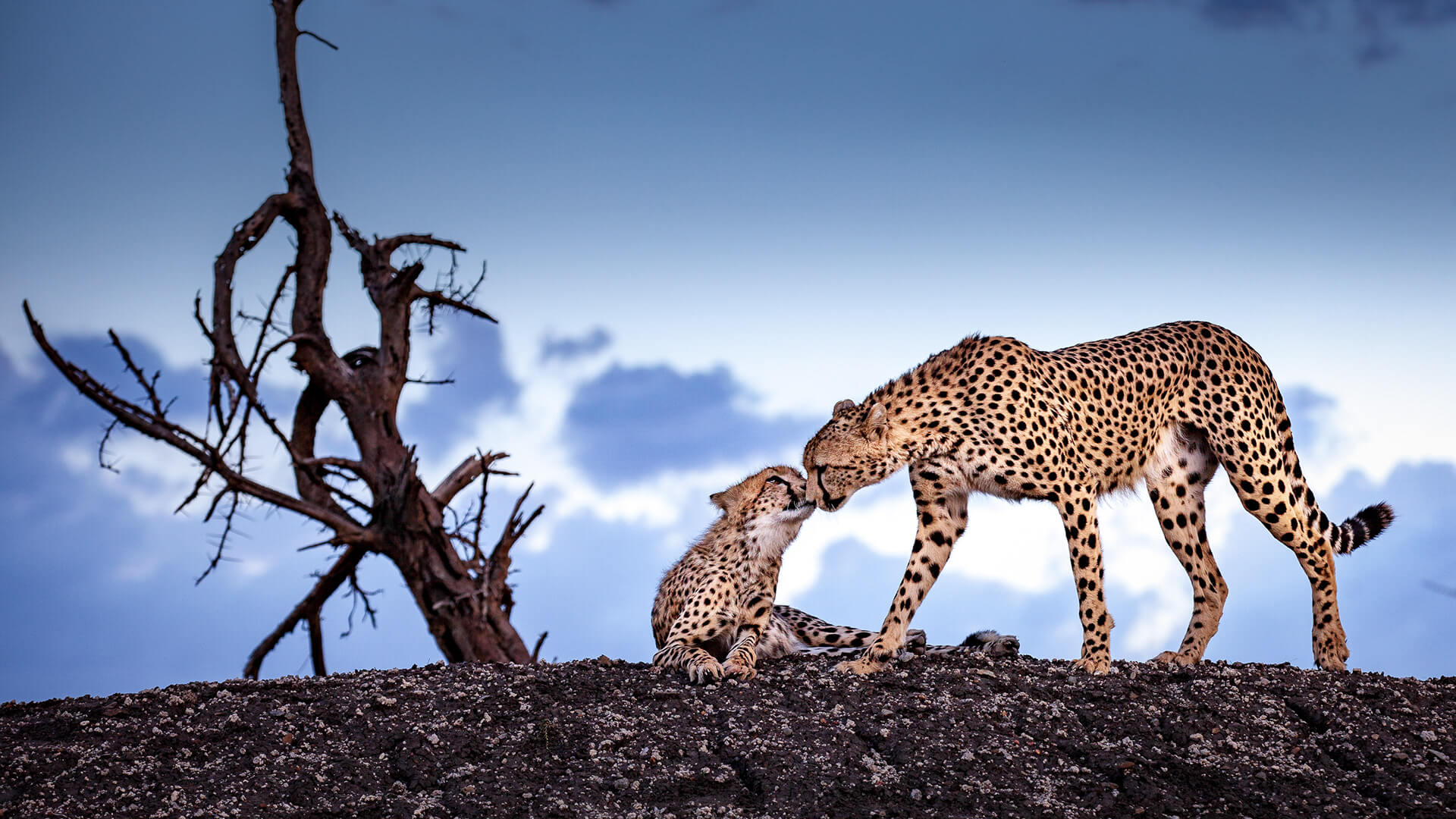
Client Logos











